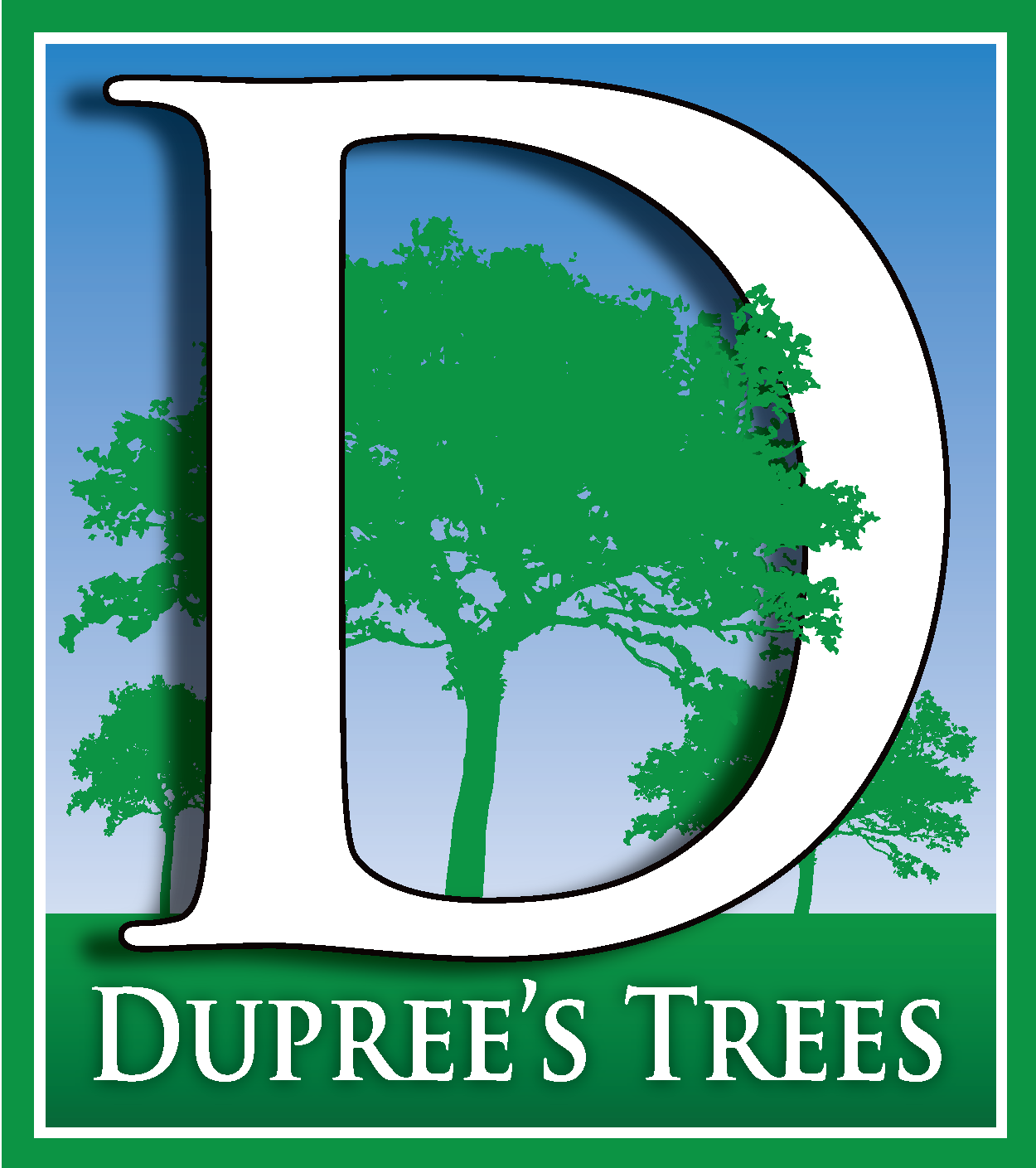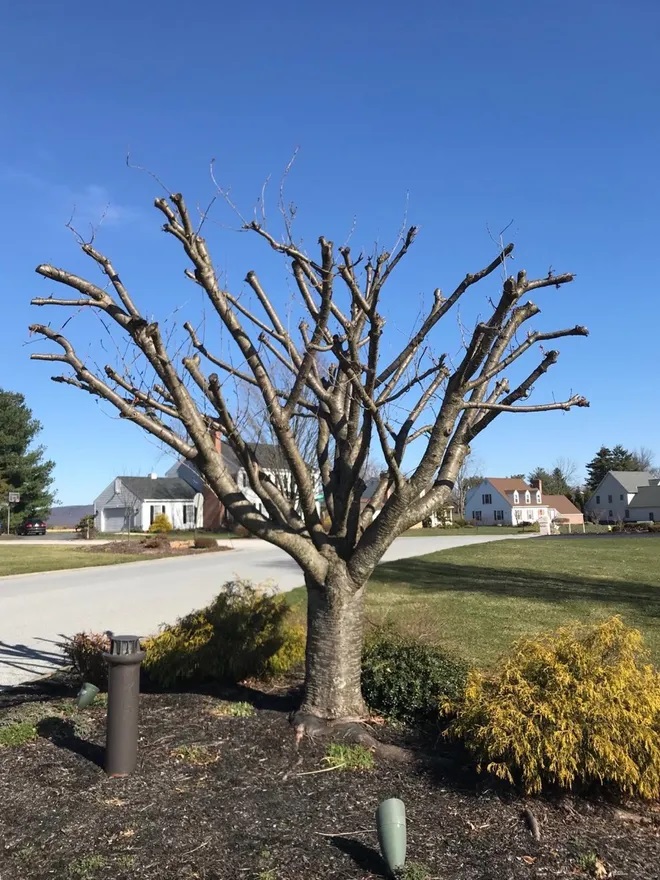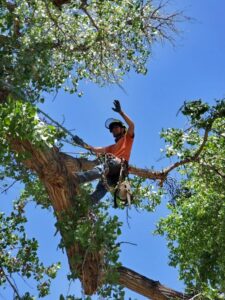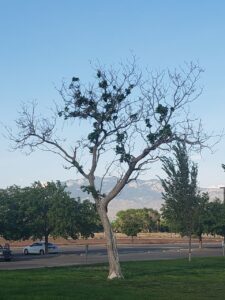
Tree height reduction, also known as “heading” or “topping”, is a dangerous form of pruning that kills or damages your trees. The method involves cutting the central stem of the tree to reduce the tree’s height. While height reduction sounds like a good strategy, here are several reasons why you should not reduce the height of your trees:
Tree stress
Topping can remove up to 70% of a tree’s food-producing leaves. Most of a tree’s energy is derived from the sun, so removing its primary source of energy can cause the tree to die of starvation.
Decay
Large wounds in a tree’s main stems may not be able to heal. This means that a heading or topping cut invites disease and decay inside the tree to potentially kill the tree later.
Aesthetics and Money
Let’s face it: a topped tree is an ugly tree. Topping cuts leave a tree disfigured which can take years to recover, if ever. During that recovery period you’ll have an eyesore on your property which will actually reduce your property value (and it will cost significant money to have a professional properly prune the tree back to health!)
Replacement stems are weak
Do trees grow back after being topped?
Sunburn (yes, trees sunburn too!)
Removing large amounts of a tree’s canopy exposes the bark to too much sun. And yes, trees can become sunburnt too. Intense sunlight can cause the formation of cankers, burns, and other diseases that will kill or damage your tree.
How topping reduces your tree’s lifespan
Trees have energy reserves under their bark and in their roots that they call upon to deal with damage and wounds. When a tree is topped, a massive amount of energy is required over many years to repair, fight disease, and heal sunburns. This energy depletion means that a tree that has been topped has a significantly shorter potential lifespan. In other words, a topped tree is a weak tree.
Rare exceptions where tree topping is necessary
1. Emergency situations
Occasionally a storm may damage a tree to the point where it endangers the local property or people nearby. In this case, it may be necessary to perform heading or topping cuts to the tree to reduce danger. Once the dangerous limbs have been removed, the tree should immediately have a proper pruning to reduce the risk of it dying.
2. Interference with utility lines
You’ll often see trees in your city planted directly underneath powerlines. In those cases, topping may be necessary to remove the tree branches and prevent fire. Topping a tree to avoid utility lines will cause severe damage and possibly death to the tree, which is why it is important to plant trees far from power lines.
3. Proper horticultural practices
Some types of horticulture, like pollarding or creating a hedge, look a lot like topping to the untrained eye. However, these types of cuts are done with a deep understanding of tree biology and are usually done starting while the tree is still young. An example is when a skilled tree professional trains and prunes a fruit tree to stay low to the ground. This is done to make fruit picking much easier. The practice is known as espaliering and involves selectively pruning branches so the tree follows a strict growth pattern and height.
Can you fix a tree that has been topped?
Yes! The good news is that, with professional help, a topped tree has a good chance of being saved. Although topping causes irreversible damage, the tree’s health can be dramatically improved with skilled pruning, watering, fertilization, monitoring, and a little patience.
If your trees were topped and need a professional evaluation, we offer free estimates. Just contact us using this form and we’ll give your trees the care they deserve.





